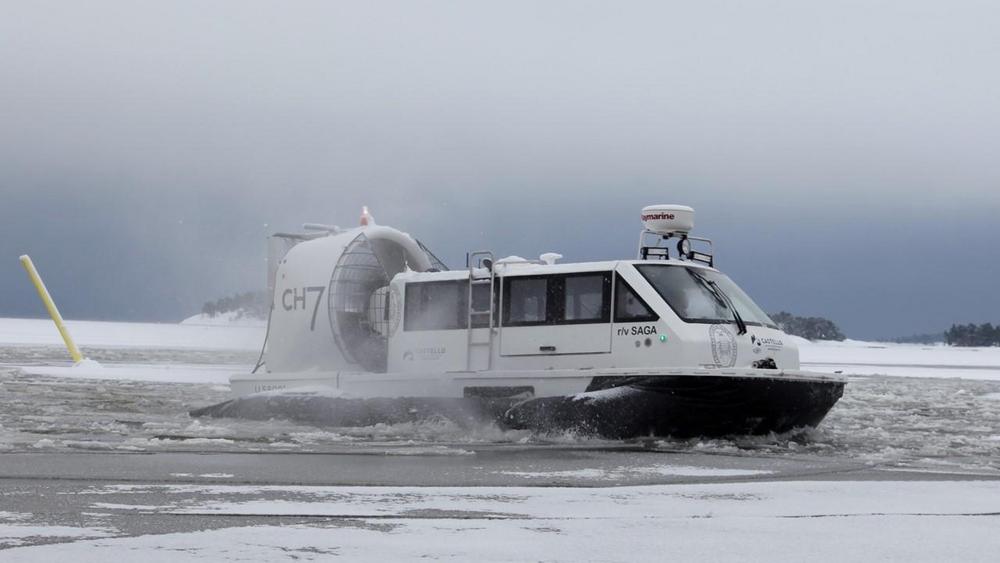INFRASTRUCTURE
CoastClim brings together the major marine and atmospheric units at University of Helsinki, Tvärminne Zoological Station and the Institute for Atmospheric and Earth System Research, and Stockholm University, Baltic Sea Centre and Bolin Centre for Climate Research. This effort offers a framework that provides state-of-the-art infrastructure.
Research stations
Tvärminne Zoological Station, a Finnish national infrastructure resources situated along the Hanko peninsula west of Helsinki. The station offers direct access to coastal ecosystems, several research vessels, benthic and pelagic sampling equipment, diving facilities, aquarium rooms, laboratories and long-term databases. Tvärminne is home port for the research vessel R/V Augusta.
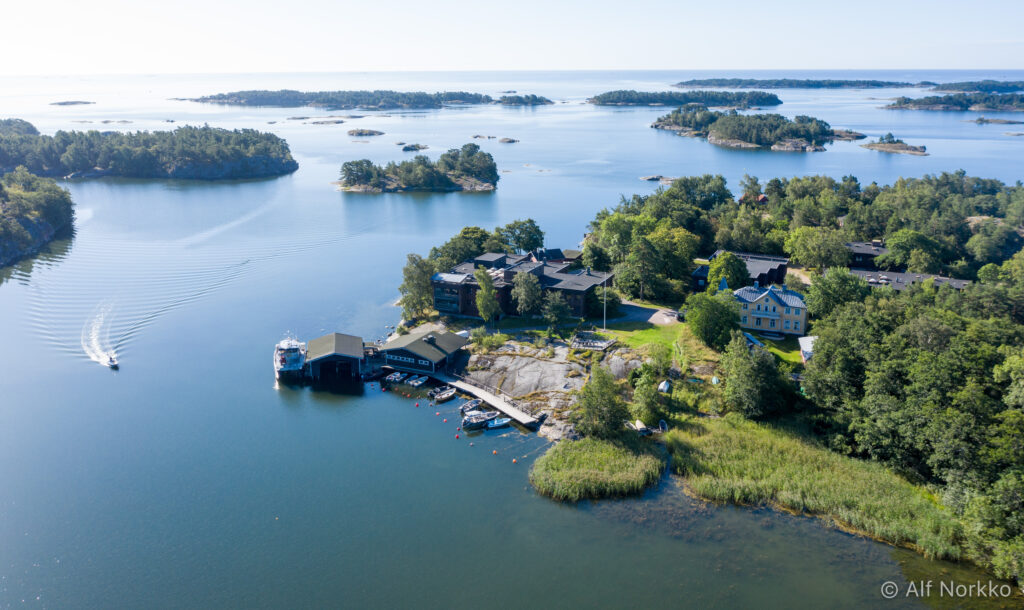
Askö Laboratory, a Swedish national infrastructure resource in the Trosa archipelago south of Stockholm, with direct access to various coastal ecosystems, several research vessels, benthic and pelagic sampling equipment, dry and wet laboratories, and a mesocosm experiment hall. The Askö Laboratory is home port for the research vessels R/V Electra af Askö and R/V Yoldia.
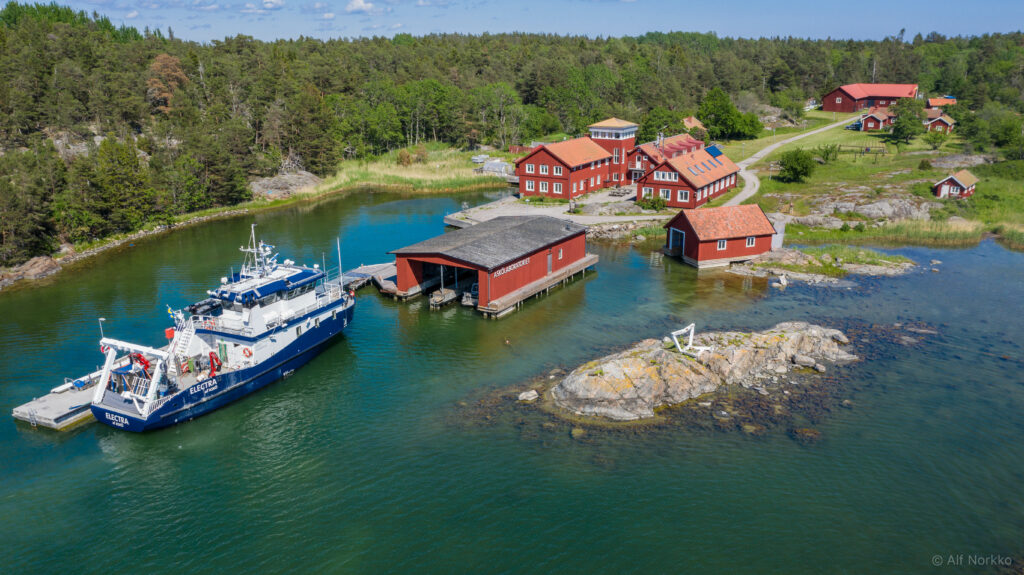
Marine Ecology
We use scientific diving to quantify benthic biodiversity descriptors and employ incubation chambers and aquatic eddy covariance to measure carbon dynamics (e.g., ecosystem metabolism) in the field.
In addition, excellent outdoor and indoor mesocosm facilities allow for manipulative experiments to simulate climate stressors.
The access to a comprehensive algal culture collection, and state-of-the-art laboratory facilities support the team to characterize phytoplankton abundance, composition, and physiological features.
These facilities are developed as part of the FINMARI consortium.
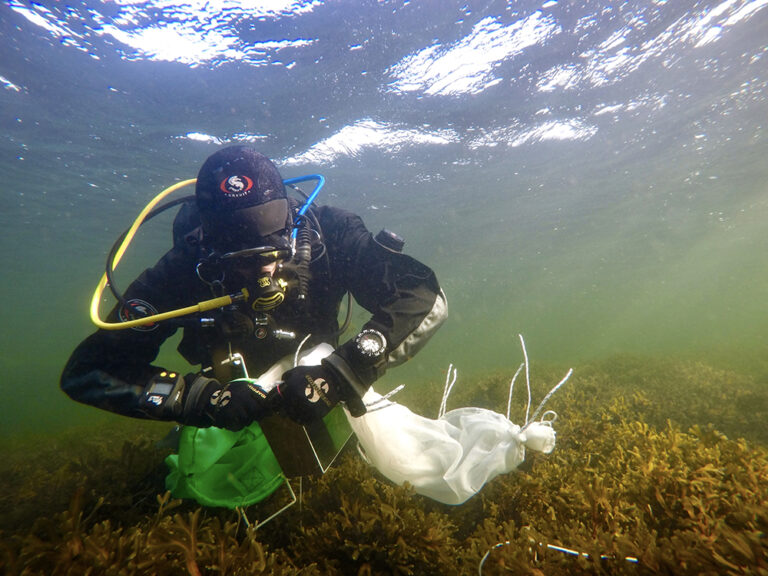
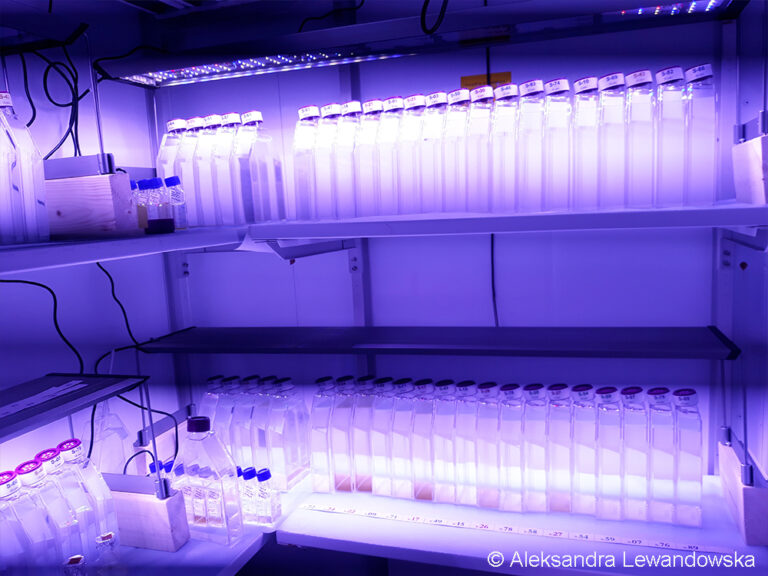
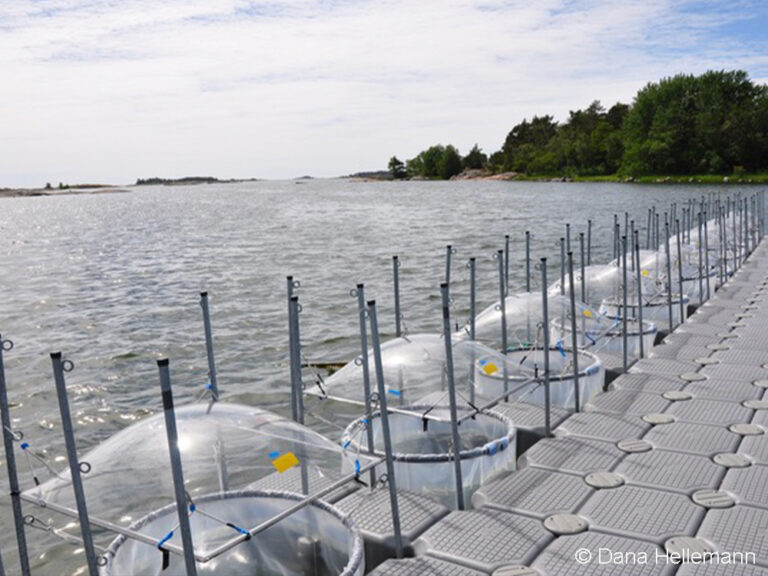
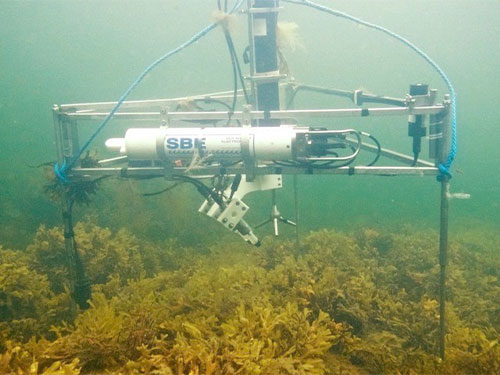
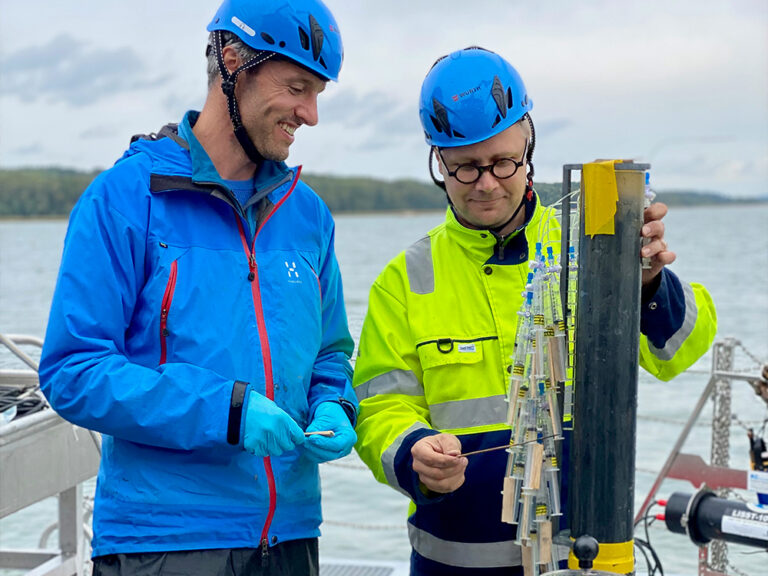
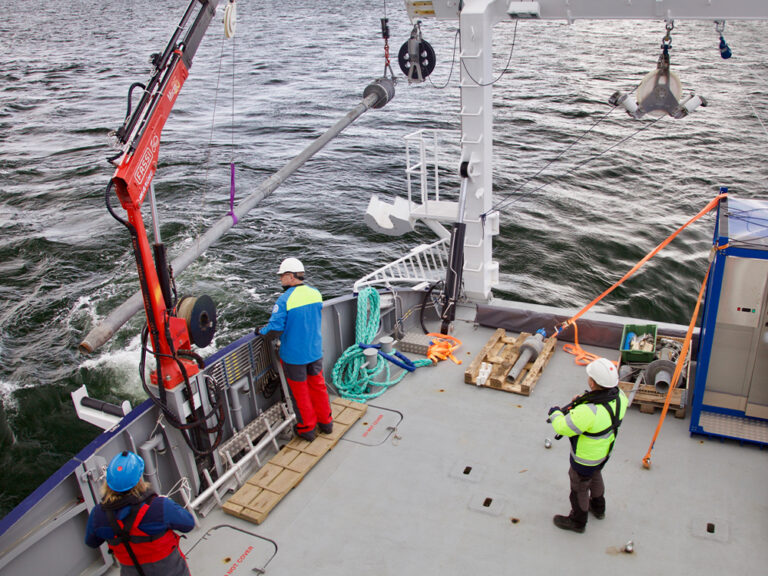
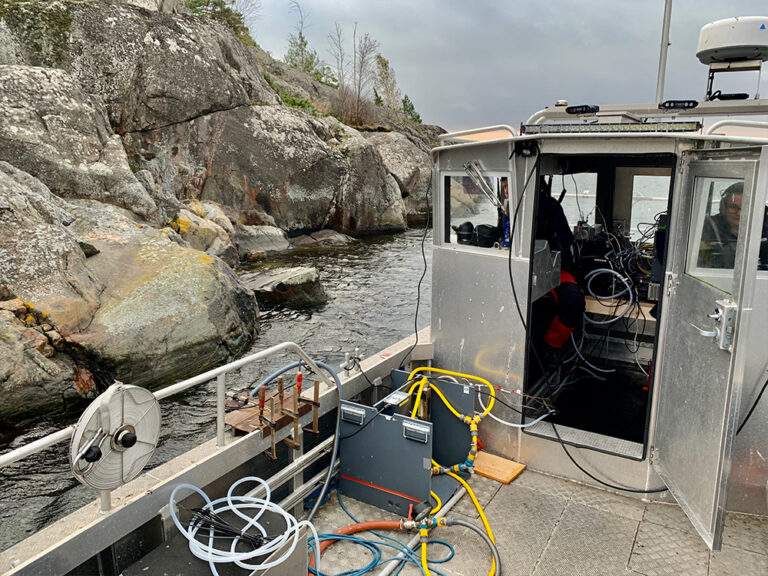
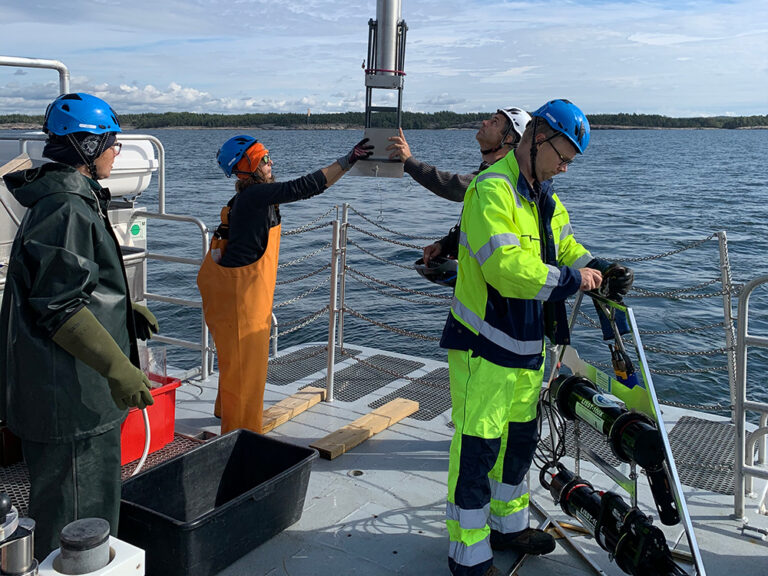
Marine Biogeochemistry
We use fast-response automated gas equilibrator and cavity ring-down spectroscopy systems to quantify the distribution of dissolved greenhouse gases and their respective stable isotopes in water and the atmosphere.
A suite of multiparameter sensors and chemical analysis are used to characterize physicochemical properties of seawater and hydrographic conditions. Sediment biogeochemical processes are investigated through solid-phase and porewater analysis from sediment cores, including long piston coring from R/V Electra.
DNA and RNA sequencing methods help to characterize the sediment microbial communities. We aim to develop new biomarker proxies for inter-habitat carbon transfer and burial by gas chromatography-mass spectrometry and high-performance liquid chromatography.
Atmospheric science
We have fully-equipped atmospheric research laboratories at our stations with portable components that can be mounted on our research vessels, allowing unique observations that can link marine biogeochemistry, sea spray production, and climate feedbacks.
The facilities include eddy covariance flux towers with auxiliary measurements for long-term and high-frequency flux measurements of greenhouse gases and environmental drivers. Since 2023, Tvärminne is an official ICOS Ecosystem Station.
The team also operates mass spectrometers and a Potential Aerosol Mass Chamber (PAMC) to characterize atmospheric oxidation, pathways, and the chemical composition of aerosols and their precursors, and particle counters and spectrometers to quantify aerosol formation events.
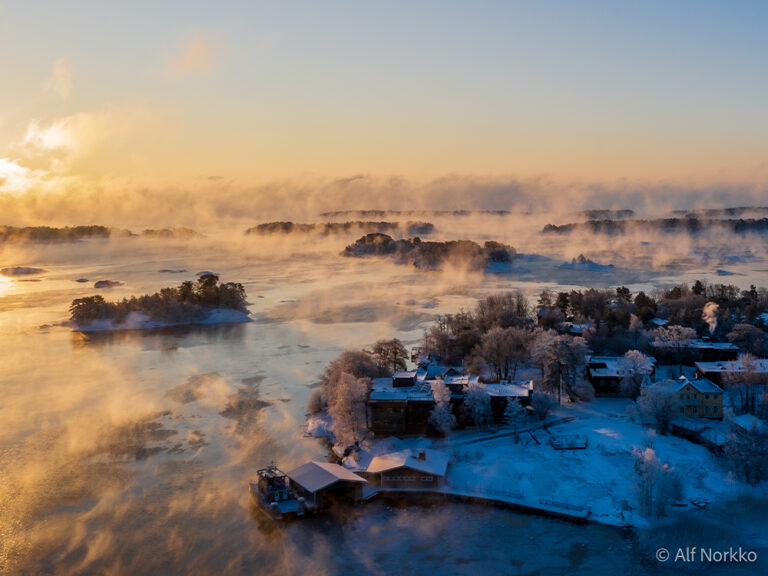
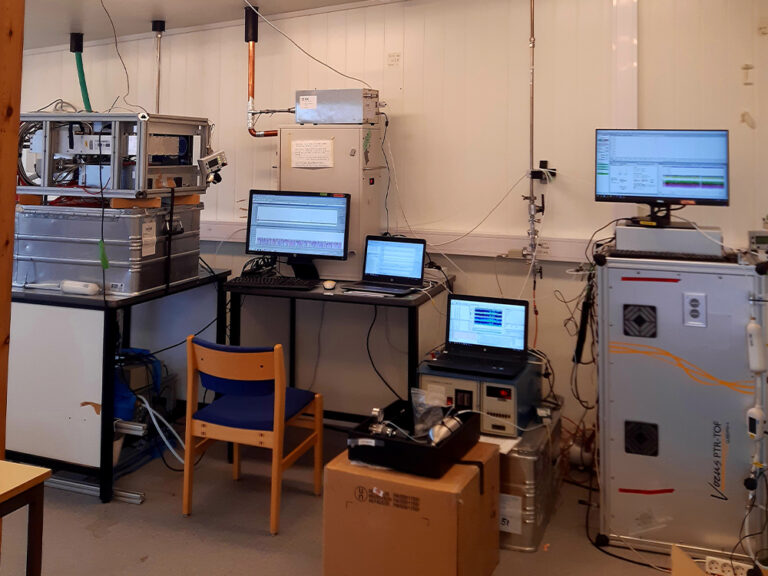
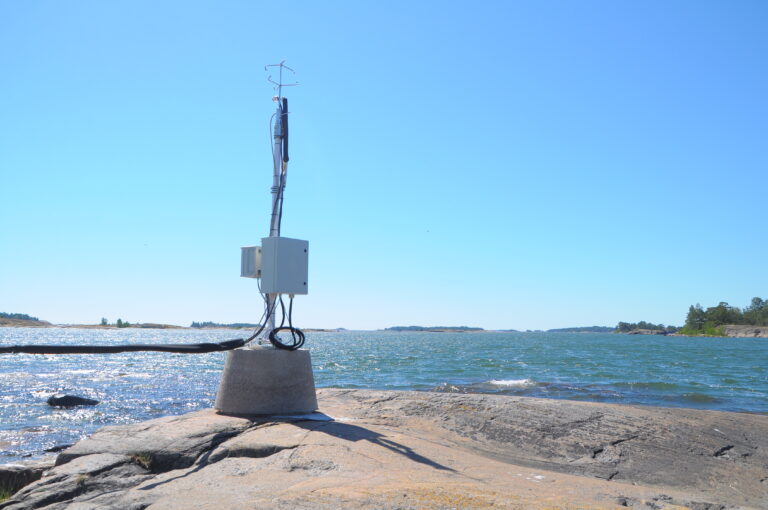
Major research vessels
R/V Augusta, a 18 m long catamaran with a wet laboratory, a climate chamber, and a Fassi-type crane for sediment corers, grabs, and mooring deployments. Using the vessel’s flow-through water systems, it can be equipped with CoastClim’s automated gas equilibrator system for underway live measurements greenhouse gases. R/V Augusta offers an excellent open deck area for working.
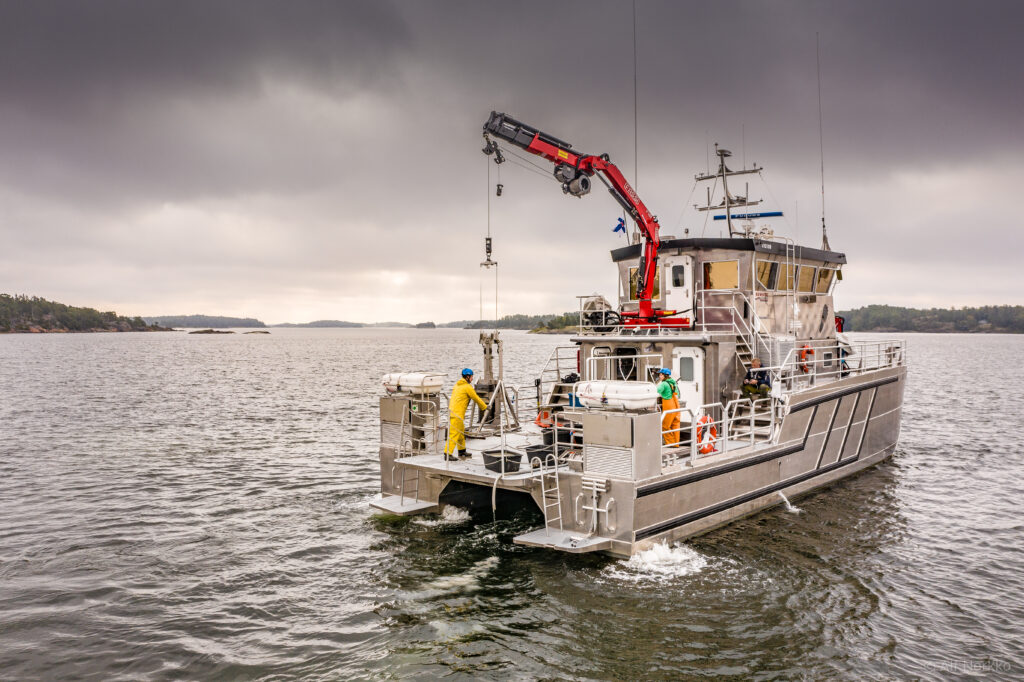
R/V Electra af Askö, a 24 m long ice-breaking vessel that is equipped with state-of-the-art technical instruments for water- sediment- and geophysical sampling. Key features are a 5-ton A-frame, and two cranes for major sedient sampling gears, such as piston corer, gravity corer, multicorer, and G-Max corer. Further, R/V Electra af Askö is equipped with a multibeam echosounder system, sub-bottom profiling system, a positioning system, a midwater split-beam sonar, Acoustic Doppler Current Profiler (ADCP), CTD probe with various other sensors, and a 12 x 5 l rosette. R/V Electra can be equipped with CoastClim’s automated gas equilibrator system for underway live measurements greenhouse gases.
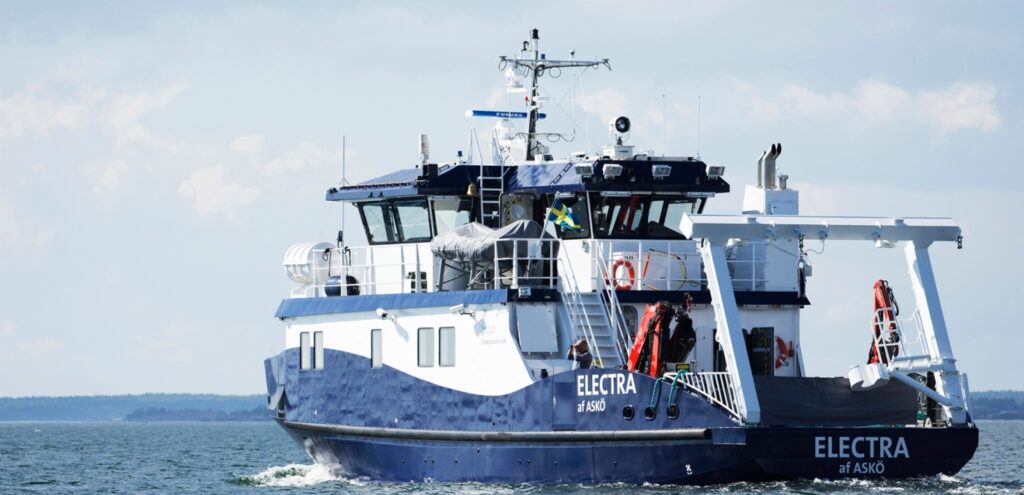
R/V Saga is an air-cushion vehicle (hover craft) for transports on ice and water with a warn-winch in the bow, an arm for water sampling, and a ladder for divers.
